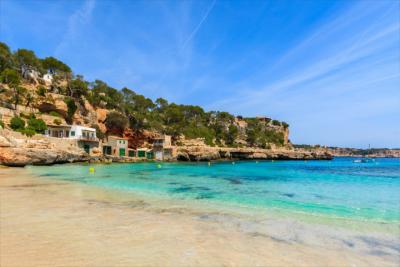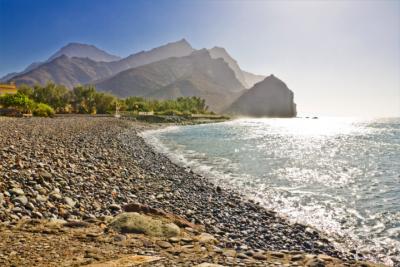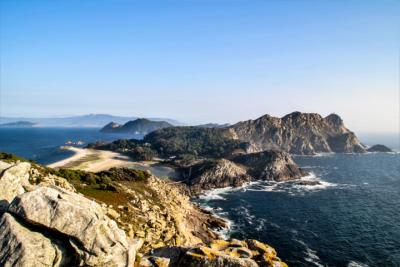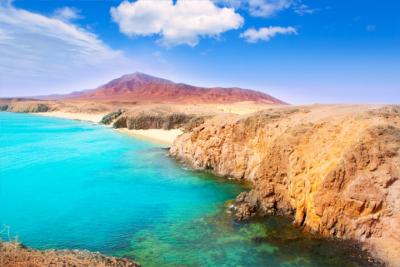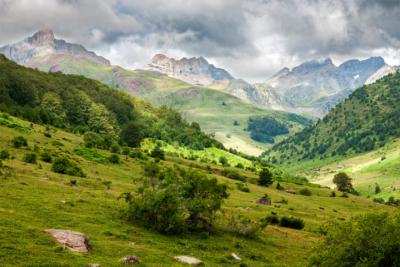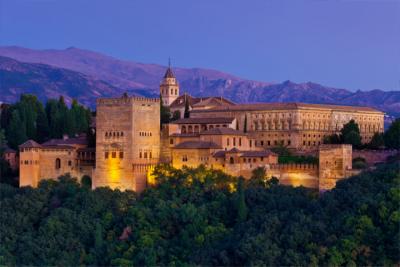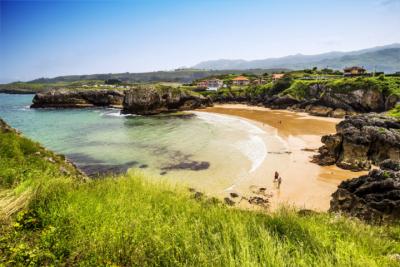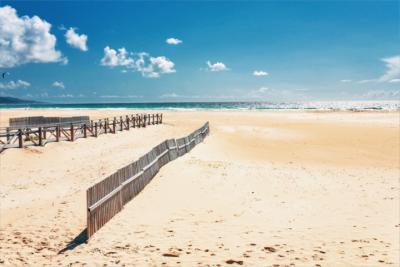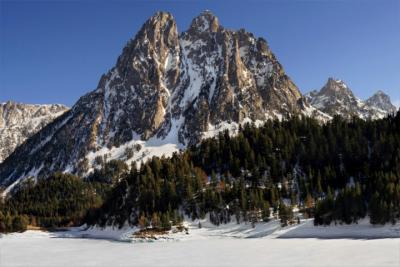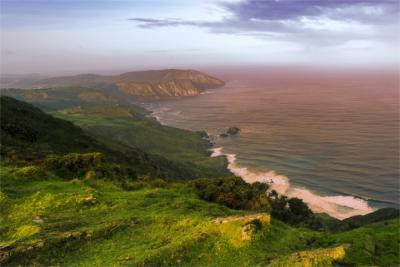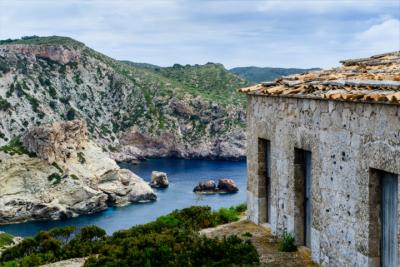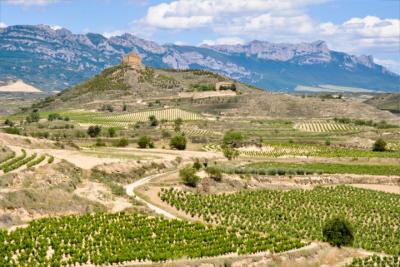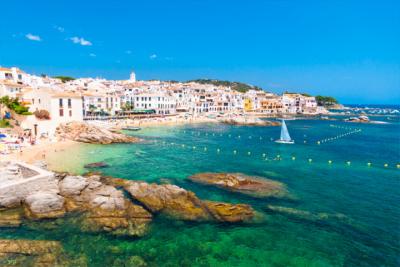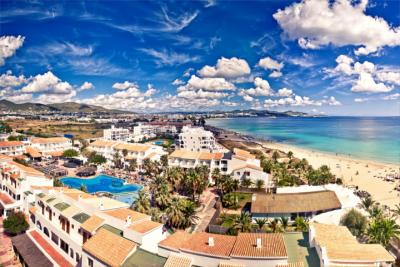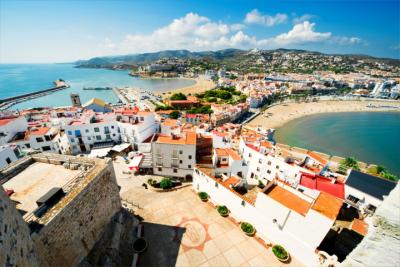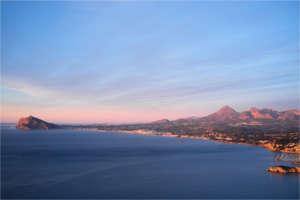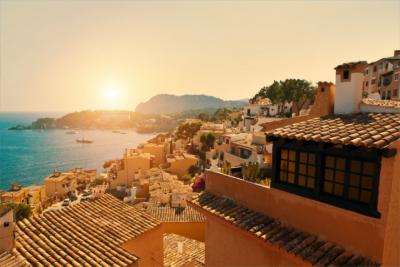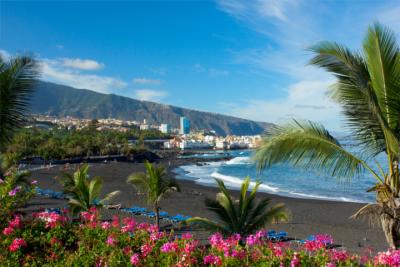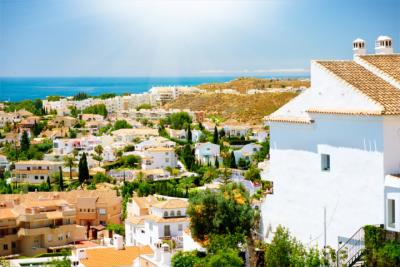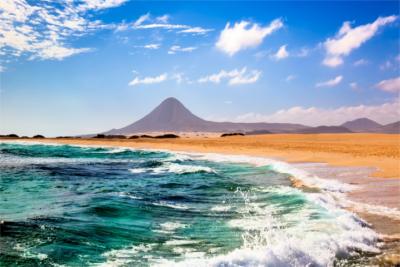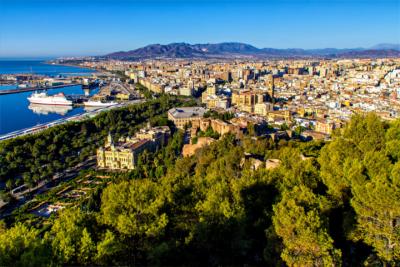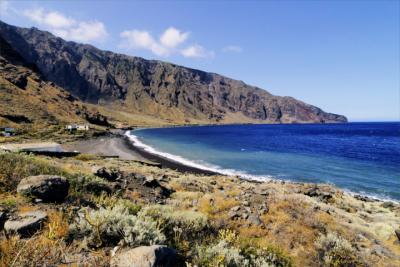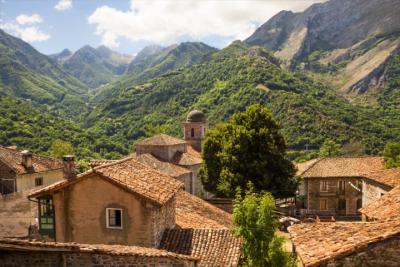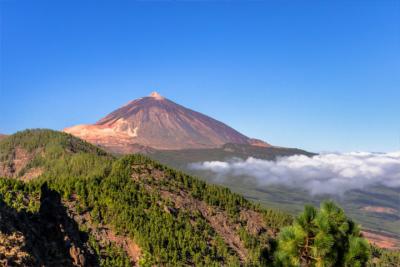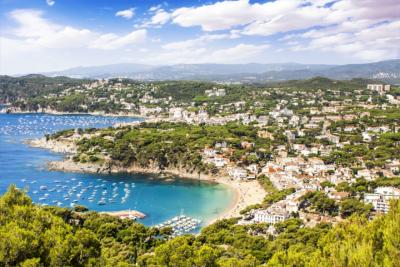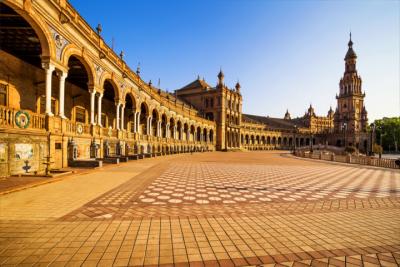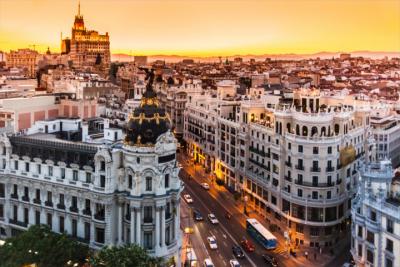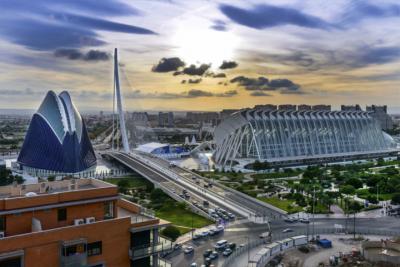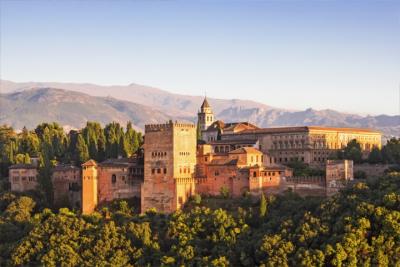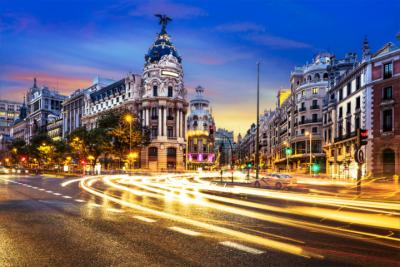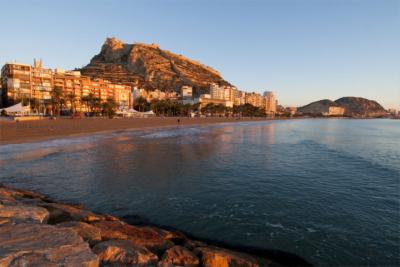Travel Offers
Travelmyne Featureprint
Distance
Lanzarote – A Stunning, Harsh Volcanic Landscape
Volcanoes and powerful flows of lava created a unique landscape on Lanzarote in the past, which is characterised by harsh wild nature. The Canary island also has beautiful beaches. All this makes it an attractive holiday destination.
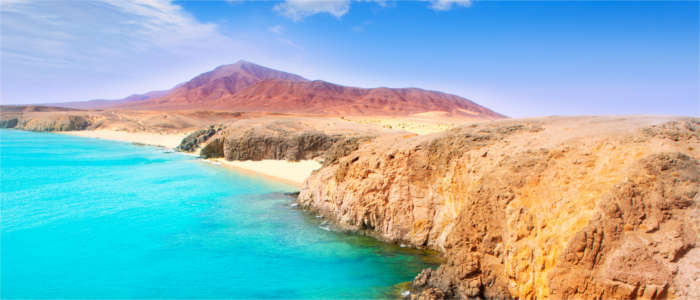
Geography - The most north-eastern island of the Canaries
Lanzarote is the most north-eastern Canary island. It is 140 kilometres away from the African mainland in the Atlantic Ocean and belongs to Spain. The island is almost 60 kilometres long and up to 34 kilometres wide. Lanzarote's north and south are each crossed by a mountain range of up to 670 metres of height. The remaining area is dominated by plains, hills and volcanic cones. There is mild, dry climate throughout the year. Typical of Lanzarote is the constant wind.
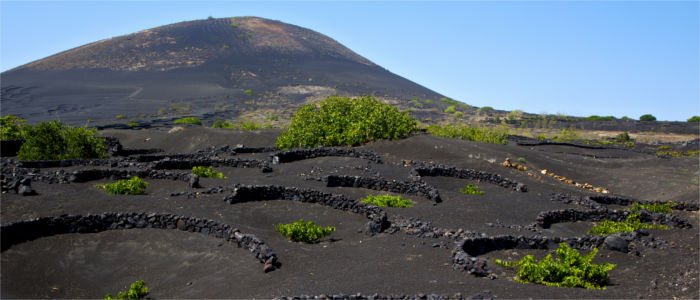
Nature - Created by volcanoes
Lanzarote looks as if it was spat out by a volcano - and that is basically what happened. Numerous volcanoes covered 75 percent of the island with black and grey lava. Brown soils, which are vegetated by shrubs, complete the picture. The mountains and volcanic cones, which are equally barren, are also characteristic of the landscape. In the centre of the island you find a sandy desert. Wine-growing regions in the fertile areas constitute green spots. Succulents, date palms, lichens and ferns are part of the local fauna. Lanzarote is home to many reptiles, bats and birds (for example falcons). The people brought dromedaries as working animals. Besides the many rocky parts of the coast, there are areas covered in pebble beach and fine white or black sandy beach.
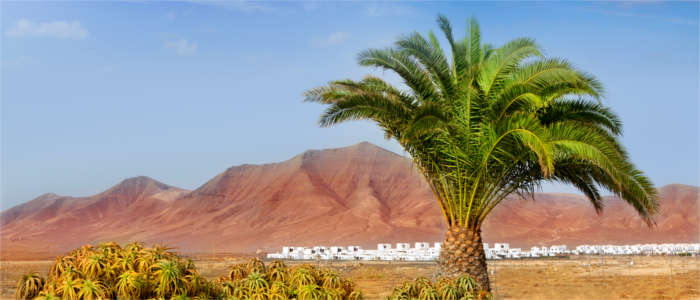
Natural sights - Experiencing elemental forces in the Timanfaya National Park
Travellers best get an understanding of the elemental forces which shaped Lanzarote in the Timanfaya National Park. There are over 30 of the so-called "mountains of fire" (Montañas del Fuego) and a gigantic sea of solidified lava, which you can explore on a bus tour. The warmth of the ground is demonstrated in the following way: you pipe water into the ground and seconds later it comes shooting out in a steam fountain. The volcanic activity created two more attractions of natural beauty: the crater near El Golfo with its scenic green lake and the massive lava tunnel Jameos del Agua, which has a lagoon full of bizarre, white crabs. Worth seeing is also the lava tunnel Cueva de los Verdes, which has two pipes you can walk through and accommodates a concert hall. Lanzarote's most appealing beaches are those near Playa Blanca (Papagayo Beaches), Famara, Costa Teguise and Puerto del Carmen. The small island La Graciosa in the north of Lanzarote with its volcanic cones, beaches and vast plains is also worth a visit.
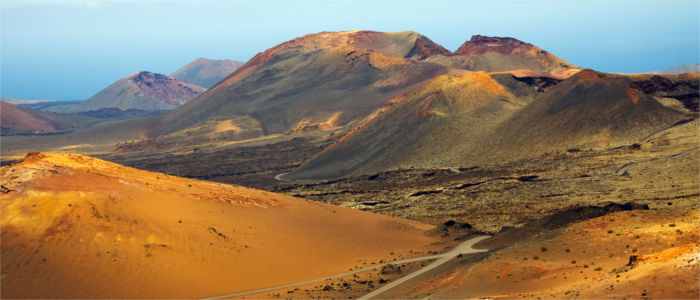
Culture - The work of the artist Manrique
The ancient Greeks and Romans already knew the Canary Islands thousands of year ago but they were only rediscovered by the Arabs in the 10th century. Lanzarote was the first island to become a Spanish colony in 1404. Severe volcanic eruptions dominated the island's history from 1730 to 1736 and again in 1826. In these harsh conditions the people mostly grew wine, potatoes, maize and vegetables on the water-retentive volcanic ash and kept goats for the production of cheese. The image people have of Lanzarote was significantly influenced by the artists César Manrique. He combined elements of landscape, art and architecture. In addition, he advocated the careful integration of buildings into the landscape. In this way, he ensured that the construction of skyscrapers and the placement of promotional signs on buildings were not allowed.
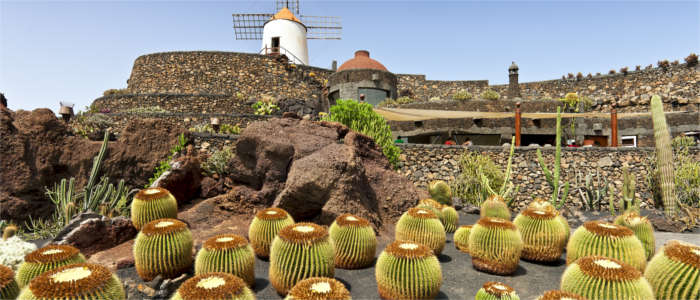
Cultural sights - From the residential house in the lava bubble to the gigantic saline
The cactus garden (Jardín de Cactus) in Guatiza is a great example of Manrique's work. It is a botanic garden which was built into a stone pit and artistically incorporates the elements of this environment. You also find many of Manrique's works in Tahiche. The most prominent one is the artist's residential house which was built into a lava bubble and accommodates several underground rooms. An impressive demonstration of salt production from seawater is given by the Salinas de Janubio, the greatest saline on the Canaries. Thousands of tons of the valuable white substance used to be produced in the geometrically arranged basins every year. Another worthwhile destination is the town Teguise with its beautiful buildings. Lanzarote's former capital holds the church Señora de Guadeloupe, the palace Palacio Spinola and the fortress Castillo de Santa Bárbara, which are worth a visit. In addition, a large, colourful art handicraft market takes place in Teguise on Sundays. The town Haría is known as the "Valley of 1,000 Palms". It fascinates visitors with its extraordinarily green landscape, which is not only dominated by palms but also by eucalyptus and laurel trees. Lanzarote's capital Arrecife is vibrant with the mix of lively, modern activity and the atmosphere of a former fishermen's village. This town has a beautiful waterside promenade and a harbour which is worth seeing. A true experience is a visit to Arrecife's fish market.
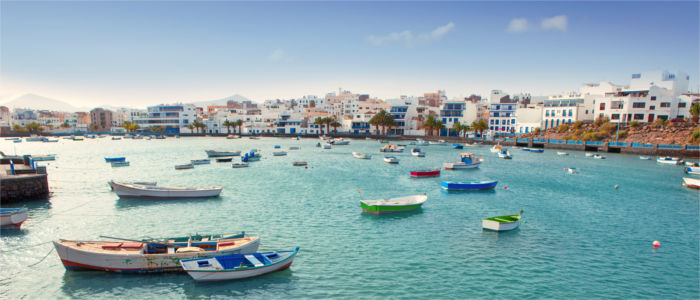
Experience - Diving into rural life, wine-growing traditions and the local cuisine
White fronts and colourful frames – that is the look of the typical village, in which the native, rural life of the island's population takes place. Visitors who want to get to know this way of living should definitely go on a trip into the countryside. You also get in touch with the island and its inhabitants on adventurous overnight stays in yurts. The characteristic way of wine cultivation can best be experienced in La Geria. Holidaymakers who are looking for relaxation can have a massage or a peeling in which black volcanic soil is used. The local cuisine mostly contains animals and plants which come from the Atlantic Ocean - a lot of fish, shellfish and seafood. Other typical specialities are wrinkly potatoes, which are boiled in heavily salted water and usually eaten unpeeled, as well as the spicy mojo sauce.
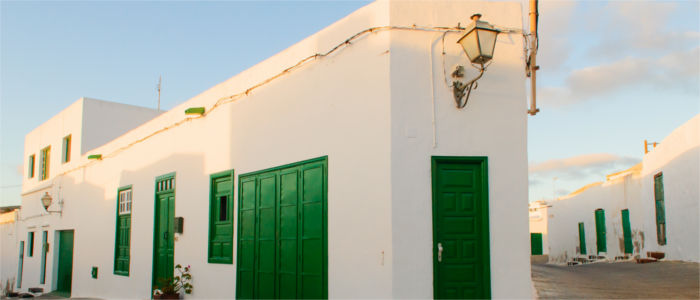
Activities - Wonderful for relaxation
Lanzarote is an excellent holiday destination for unwinding and forgetting about everyday life. The island's beautiful beaches and the sea are perfectly suited for relaxing, bathing and diving. In addition, Lanzarote is a paradise for surfing, sailing and paragliding. Its vast, harsh landscape offers excellent conditions for hiking, cycling and horseback riding. Rides on camels are particularly popular. The island's hills and volcanic cones invite visitors to go mountaineering.
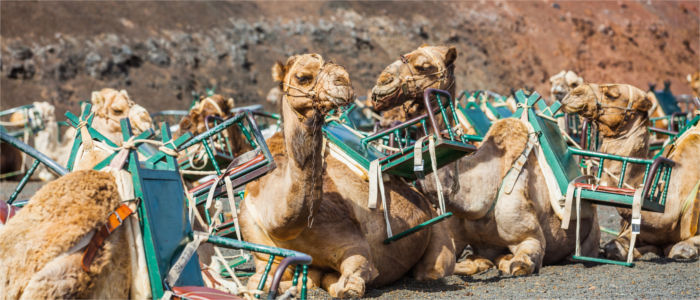
Information
You reach Lanzarote via the airport in Arrecife (ACE). Furthermore, there is a connection by ship from Europe. On the island you best rent a car. You can often take the bus to travel between bigger cities. The official language ion Lanzarote is Spanish.
Lanzarote is excellently suited for recreational holidays, be it while sunbathing, swimming, doing water sports or on a trip into the unique volcanic landscape. In addition, the traditional, artistic buildings are fascinating destinations for travellers who are interested in culture.


